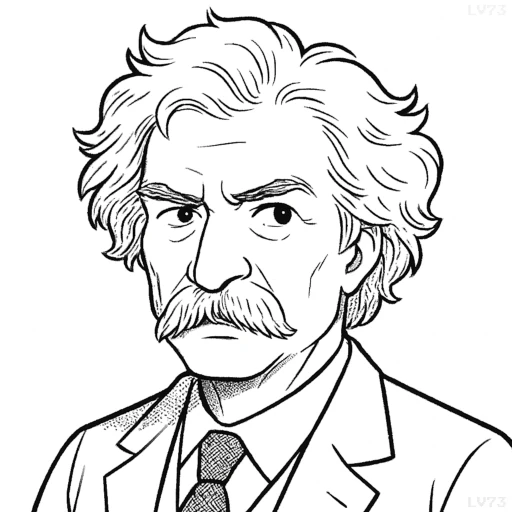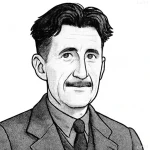“Words are only painted fire; a look is the fire itself.”

- November 30, 1835 – April 21, 1910
- American
- Author, humorist, and lecturer
table of contents
Quote
“Words are only painted fire; a look is the fire itself.”
Explanation
Mark Twain’s quote emphasizes the power of non-verbal communication, suggesting that while words can convey meaning, they are often only a representation or symbol of deeper emotions or truths. The idea that “words are only painted fire” suggests that words, like a painting of a fire, can imitate or symbolize strong emotions but cannot capture the intensity or rawness of the actual feeling. In contrast, “a look is the fire itself” highlights how a single glance or expression can communicate a deep, authentic emotion that words alone may fail to convey. This remark underscores the idea that action, gesture, and expression often carry more weight than verbal communication, particularly when trying to convey emotion or intensity.
Twain’s insight into the limitations of language and the deeper significance of non-verbal cues is rooted in his understanding of human nature. He often explored the complexity of emotions and relationships, noting that sometimes, the most profound connections or expressions cannot be adequately captured by speech. A look—whether of affection, anger, or sadness—can convey far more than a string of words, because it reflects genuine feeling that words can only attempt to describe. In this way, Twain is commenting on the ineffability of some emotions and the richness of human communication that goes beyond mere words.
In modern contexts, this quote resonates strongly in areas like interpersonal relationships, negotiation, and emotional intelligence, where much of what is communicated is non-verbal. Whether in body language, facial expressions, or the tone behind spoken words, people often convey much more through these subtle cues than through their actual words. Twain’s insight serves as a reminder to pay attention not only to what is said, but also to what is unsaid—because, as he points out, sometimes a look can speak volumes more than a well-chosen phrase.
Would you like to share your impressions or related stories about this quote in the comments section?



